Research Article Open Access
Height-related blood pressure reference values for Shiraz (Southern Iran) school children
| Seyyed Mohammad Taghi Ayatollahi1*, Marzie Zare2 | |
| 1Professor, Department of Biostatistics, Shiraz University of Medical Science, Shiraz,Islamic Republic of Iran | |
| 2Researcher of social security organization, Department of Biostatistics, Shiraz University of Medical Science, Shiraz,Islamic Republic of Iran | |
| Corresponding Author : | Dr. SMT Ayatollahi PhD, Professor of Biostatistics The Medical School, Shiraz University of Medical Sciences Shiraz, Islamic Republic of Iran P.O. Box 71345-1874 Tel: 0098-711-2305886 Fax: 0098711-2349330 E-mail: ayatolahim@sums.ac.ir |
| Received December 14, 2011; Accepted March 19, 2012; Published March 26, 2012 | |
| Citation: Taghi Ayatollahi SM, Zare M (2012) Height-related Blood Pressure Reference Values for Shiraz (Southern Iran) School Children. J Obes Wt Loss Ther 2:120. doi:10.4172/2165-7904.1000120 | |
| Copyright: © 2012 Taghi Ayatollahi SM, et al. This is an open-access article distributed under the terms of the Creative Commons Attribution License, which permits unrestricted use, distribution, and reproduction in any medium, provided the original author and source are credited. | |
Visit for more related articles at Journal of Obesity & Weight Loss Therapy
Abstract
Introduction: Blood pressure in children can be affected by a lot of factors such as environmental, cultural, social and genetic factors. This study aims at comparing Blood pressure in Shiraz (Iran) children with American standards and also to determine Blood pressure smoothed centiles on height in 6.5-11.5 elementary school children for the first time.
Method: Height, systolic Blood pressure and diastolic Blood pressure were measured with standard methods in 2270 elementary school children that were selected by multistage sampling. We produced Blood pressure percentiles on height percentiles and compared them with National High Blood Pressure Education Program results by using its suggested regression equation. Meanwhile, Blood pressure smoothed centiles on height were drawn by Healy- Rasbash-Yang method.
Results: The results of this study showed that Blood pressure levels in Shiraz children were lower than global standards. Then the measurements were adjusted for height, and no significant correlation found between either systolic Blood pressure or diastolic Blood pressure and age (r = -0.03 and p = 0.15 for systolic Blood pressure, r = -0.005 and p= 0.8 for diastolic Blood pressure).
Discussion: Due to significant differences between Blood pressure in Iran and American children, it is suggested to use local Blood pressure standards. And also it was decided to produce Blood pressure percentiles on height instead of age because it seems that it would lead to better evaluation for real hypertensive diagnosi
| Keywords |
| Blood pressure; Height; Age; Children |
| Introduction |
| Childhood high blood pressure (BP) is a risk factor of hypertension in adolescence and early adulthood [1], which can be associated with an increased incidence of stroke, coronary heart disease, congestive heart failure and renal insufficiency in adults [2]. It has also fundamental influence on adulthood increased hospitalization and mortality. Current understanding of childhood blood pressure not only recognizes the importance of identification of children with hypertension due to secondary conditions but also the realization that mild elevations in blood pressure during childhood (and particularly adolescence) are more common than previously thought. Elevated blood pressure in some children may represent the early onset of essential hypertension. Therefore, the fourth report from the National High Blood Pressure Education Program (NHBPEP) working group on children and adolescents, suggested that children over three years of age should have their BP been measured at least once during every health care visit [3]. Many studies show that an increased age related BP from birth to 18 years [2-8]. However, height is identified as the most important determinant of BP in childhood and adolescence. Therefore, a few studies present height related BP, whose normal range varies between 5th and 95th percentiles [3-4]. BP levels may also vary from one community to the other due to genetic, cultural and environmental differences [2]. |
| At present there is no data available on local children BP standards adjusted for height, and using an external standard may be quite misleading. Therefore, this paper provides, local height- related as well as age and sex- specific BP reference values for Shiraz (Iran) school children. The paper further compares our BP data with their counterparts in the USA. |
| Materials and Methods |
| Administratively, Shiraz is divided into four educational districts, each with discrete social, cultural, economic and health characteristics. Since an adequate sampling frame of population was unavailable, a multistage systematic random sampling was applied. A 10% systematic sample of schools in each district was total drawn from public and private schools (43 schools out of 426 schools). Within each selected school, a 1 in 5 sample of children aged between 6.5 and 11.5 years (grade I to grade V) was selected, using table of random numbers. |
| Applying this procedure, 2270 healthy school attendees (1174 boys, 1096 girls) aged 6-5-11.5 years (Grade I ≈ age group 7: 6.5-7.49, Grade II ≈ age group 8: 7.5-8.49, Grade III ≈ age group 9: 8.5-9.49, Grade IV ≈ age group 10: 9.5-10.49 and Grade V ≈ age group 11: 10.5-11.5 years) having valid measurements on both height and Bp were selected, in a cross- sectional study, representing a 2% random sample of school children in the city. |
| Children heights were measured by two trained auxologists using a digital stadiometer (SECA model 707, Germany) and methods given by Cameron [9] and recorded to the nearest 0.1 cm. |
| The criteria for healthy children were: 1- being well or apparently normal; 2- absence of identified disease; 3- no evidence of taking antihypertensive medication or other drugs at the time of study. If a child had a problem as above, he/she was excluded from the study. |
| An informed consent was sought from the subject’s parents and guardians and the procedure was explained to the child before measuring his/her BP by the trained nurses or health workers of the research team. Standard and calibrated aneroid manometers (Model 500-c, Japan) (to avoid mercury toxicity) were used for all readings. Blood pressure was measured with the child sitting quietly for at least 5 minutes, feet on the floor and right arm supported, cubital fossa at heart level. Children were excluded if they had stress or were taking any stimulant foods or drugs (eating any food or drinking tea or coffee before the measurement or having any activity). Ages were recorded exactly as the difference between their birth dates and the dates of measurements. |
| BP measurements are based on auscultatory method. An appropriate cuff size was used with an inflatable bladder length that was covering at least 80-100 percent of the arm circumference at the point midway. The stethoscope was placed over the brachial artery pulse and below the bottom edge of the cuff without any contact between cuff and stethoscope. The cuff was being inflated until brachial pulse became disappeared. Systolic Blood Pressure (SBP) and Diastolic Blood Pressure (DBP) were determined by the onset of the tapping Korotkoff sounds (K1) and established the fifth Korotkoff sound (K5), respectively. Bp of each school children was measured once. However, they were randomly checked for second or third time. Length between two measurements was at least 30 minutes. |
| Height related BP charts as adjusted for age and sex were calculated from the following regression formula as used by NHBPEP [3]. |
 |
| Where α; β1,…, β4; γ11,…., ; γ4 are the regression model coefficients. μ is the expected SBP or DBP for boys or girls of age y years and height h centimeter. k and j are the multinomial powers that vary from 1 through 4. |
| Healy-Rasbash-Yang [HRY] [10] nonparametric method was applied to estimate height related smoothed BP percentiles and the goodness of fit of the models were examined and validated. This method makes no assumption about the nature of distribution of the measurement at ages. |
| Results |
| Table 1 presents summary measures of Bp of Shiraz school children. Girls Bp including systolic or diastolic were higher than boys and more variable. Table 2 - Table 5 present SBP and DBP percentile values by age group and height percentiles in Shiraz for boys and girls respectively. As can be seen from these tables, BP increases by height and age. Correlation coefficients of SBP and DBP by age were calculated as 0.26 (p< 0.001) and 0.20 (p<0.001) respectively. A positive correlation between BP and height was estimated at 0.36 (p< 0.001) for SBP and 0.27 (p< 0.001) for DBP. |
| Regression analysis showed that on the average SBP increased by 2 mmHg and DBP by 1.3 mmHg (p< 0.001) per one year of age. Also on the average SBP and DBP increased by 4 mmHg and 2.5 mmHg per each decimeter of the subject’s height respectively. However, once the measurements were adjusted for height, no significant correlation found between either SBP or DBP and age (r = -0.03 and p = 0.15 for SBP, r = -0.005 and p= 0.8 for DBP). Therefore, BP by height charts was produced to provide BP border of healthiness which should be more realistic, yet reliable than BP by age centiles. Figure 1A and Figure 1B present SBP by height charts of boys and girls respectively. Figure 1C compares boys and girls charts for median and extreme centiles, which shows that boys BP lie under girls BP. Figure 2A and Figure 2B show DBP by height charts of boys and girls respectively. A comparison of boys and girls DBP is shown in Figure 2C, showing that DBP of girls were higher than boys. |
| A comparison of systolic as well as diastolic blood pressure between Iran and NHBPEP in 50th height percentile of Shiraz boys and girls aged 6-5-11.5 years presented graphically in Figure 3- Figure 6 respectively, which shall be discussed later on. |
| Discussion |
| Our findings show that BP phenomenon should be treated dynamically which may be ethnicity and age dependent. Our results described here are in support of intermittent updating of BP standards throughout the world. |
| Several studies have been carried out on the distribution of BP in relation to age and other determinants. However, a few studies have been successful in providing height - related BP standards of which our study is one. |
| Our study showed that SBP and DBP rise as age and height increase in both sexes. This is in agreement with other population – based studies [2,4-6]. Using NHBPEP method we provided age and height related BP percentiles and compared them with their American counterparts which have been presented in the figures 3-6. As can be seen, SBP and DBP of our subjects lie below their American counterparts for both sexes and at all ages [11]. (In reference 11, it can be seen lower height and weight in Shiraz children than American standards and as a result lower BP is expected). This shows that using an American standard may be quite misleading, as none of our children would be categorized as hypertensive by the NHBPEP. These findings concur with some Iranian studies [6,12,13]. However, another study showed that 5-12 years Italian children at 90th and 95th centiles had a BP of 3-5 mmHg higher than the American standards [14]. This is also true for 6.5-11.5 years Turkish boys [15]. However, an Iranian study suggests that BP of 7-12 years children is compatible to their American counterparts [16]. Ours and other studies show significant variation in BP standards among different populations, supporting the role for the development of individual BP standards throughout the worldwide pediatric population. |
| The height - related BP charts produced in this paper would be an efficient diagnostic tool for clinical work in Iran, which should be validated for other parts of Iran. |
References
- [No authors listed] (1996) Update on the 1987 Task Force Report on High Blood Pressure in Children and Adolescents: a working group report from the National High Blood Pressure Education Program. National High Blood Pressure Education Program Working Group on Hypertension Control in Children and Adolescents. Pediatrics 98: 649-658.
- Ataei N, Aghamohammadi A, Yousefi E, Hosseini M, Nourijelyani K, et al. (2004) Blood pressure nomograms for school children in Iran. Pediatr Nephrol 19: 164-168.
- National High Blood Pressure Education Program Working Group on High Blood Pressure in Children and Adolescents (2004) The Fourth Report on the Diagnosis, Evaluation, and Treatment of High Blood Pressure in Children and Adolescents. Pediatrics 114: 555-576.
- Khan TH, Mahmud Z, Tasawar Z, Mushtaq R (1994) Blood pressure distribution in school age population of Quetta, Pakistan. Anthropol Anz 52: 231-238
- Chadha SL, Vasan RS, Sarma PS, Shekhawat S, Tandon R, et al. (1999) Age- and height-specific reference limits of blood pressure of Indian children. Natl Med J India 12: 150-156.
- Fallah A (2003) Blood pressure assessment in Tehran 7-11 years old children 2002. Scientific Journal of Zanjan University of Medical Sciences 42: 43-48.
- Yadollahi H, Lotfizadeh M (1999) Blood pressure curves in Shahrkord school children. Journal of Shahrkord University of Medical Sciences 1: 54-61.
- Sarrafzadegan N, Tavassoli AA, Hashemipoor M, Klishadi R (1996) Blood pressure percentiles in Esfahan population. Journal of Esfahan University of Medical Sciences 14: 32-40.
- Cameron N (1984) The measurement of human growth. Routledge Kegan & Paul.
- Cole TJ (1988) Fitting smoothed centile curves to reference data. JR Statist Soc A 151: 385-418.
- Ayatollahi SM, Pourahmad S (2006) Height and weight of primary school children in Shiraz city, southern Iran, 2002. Am J Hum Biol 18: 838-840.
- Basiratnia M (2000) Height–related blood pressure of 7-12 years old rural children of Shahrkord. Journal of Shahrkord University of Medical Sciences 4: 21-27.
- Pashapoor N, Mohammad loo S (2003) Blood pressure assessment in Oroomieh school children in order to determine standard. Oroomieh Medical Journal 14: 104-110.
- Menghetti E, Virdis R, Strambi M, Patriarca V, Riccioni MA, et al. (1999) Blood pressure in childhood and adolescence: the Italian normal standards. J Hypertens 17: 1363-1372.
- Tümer N, Yalçinkaya F, Ince E, Ekim M, Köse K, et al. (1999) Blood pressure nomograms for children and adolescents in turkey. Pediatr Nephrol 13: 438-443.
- Kazemi SA (1997) Assessment of normal blood pressure in Zanjan school children 1996. Scientific Journal of Zanjan University of Medical Sciences 21: 11-16.
Tables and Figures at a glance
| Table 1 | Table 2 | Table 3 | Table 4 | Table 5 |
Figures at a glance
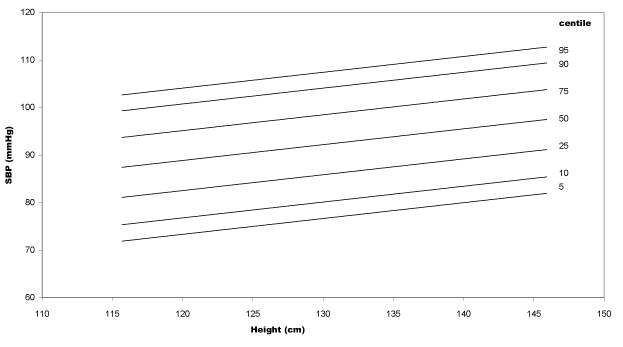 |
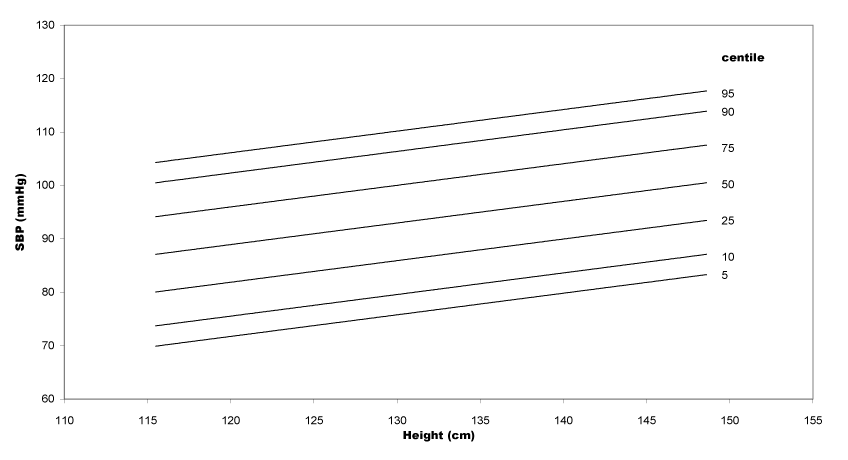 |
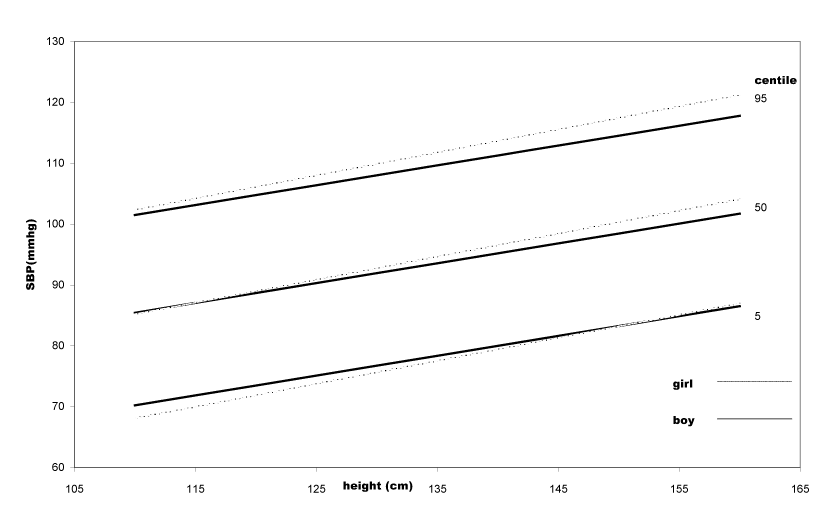 |
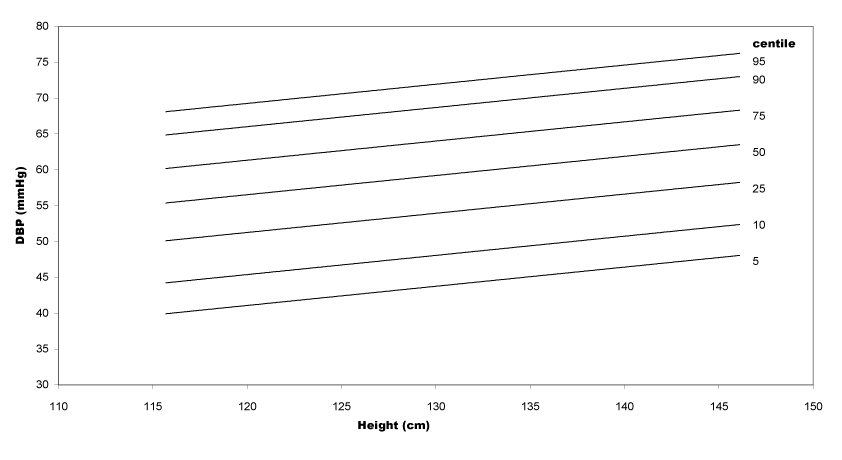 |
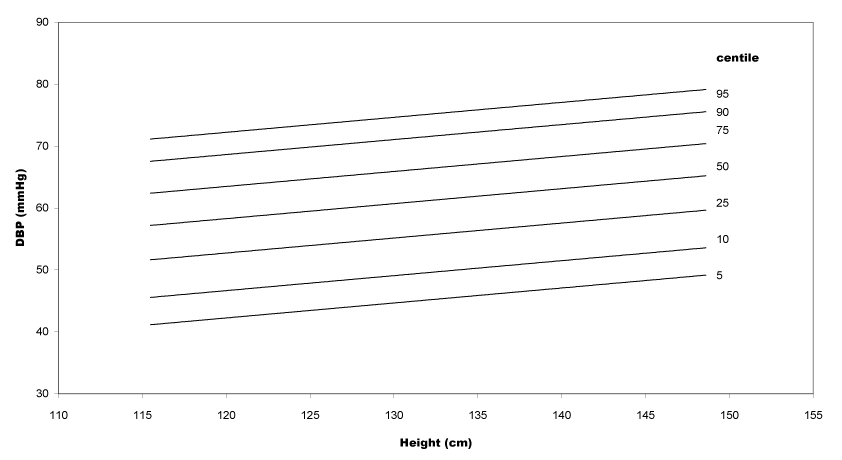 |
| Figure 1a | Figure 1b | Figure 1c | Figure 2a | Figure 2b |
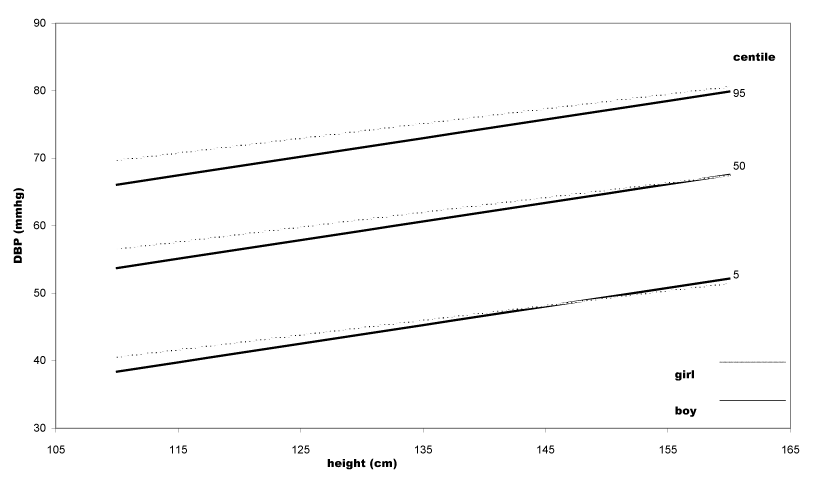 |
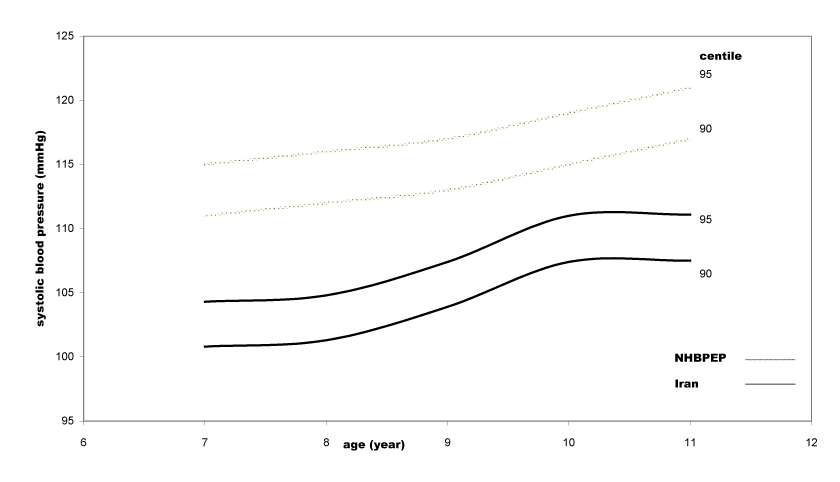 |
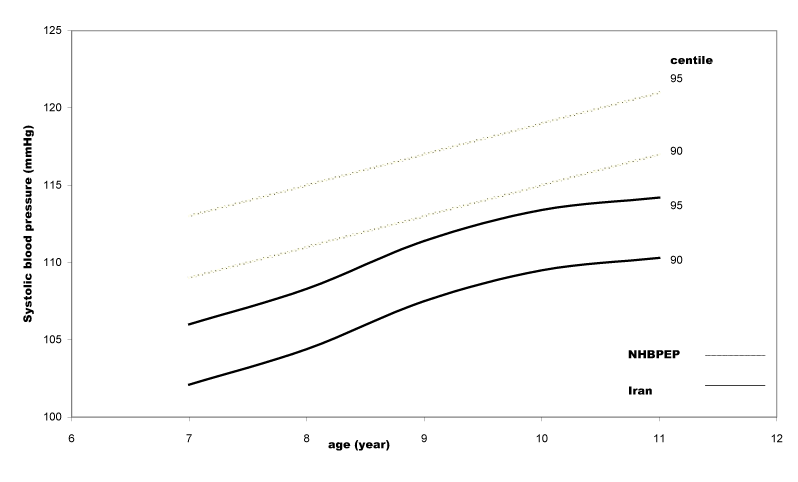 |
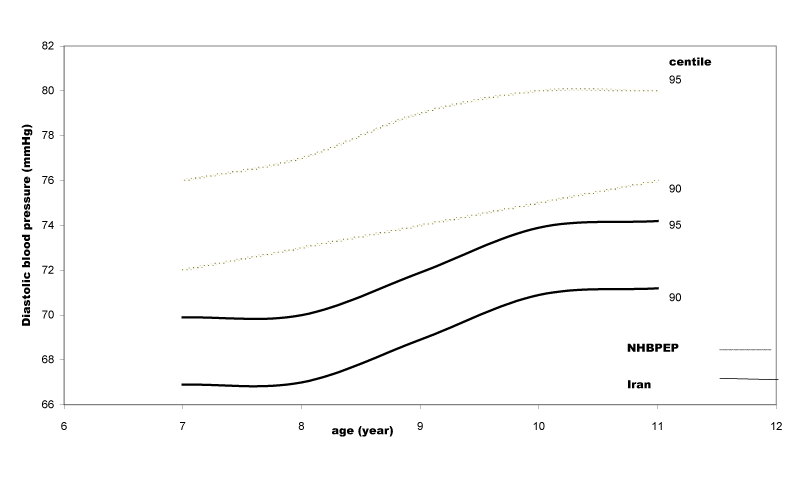 |
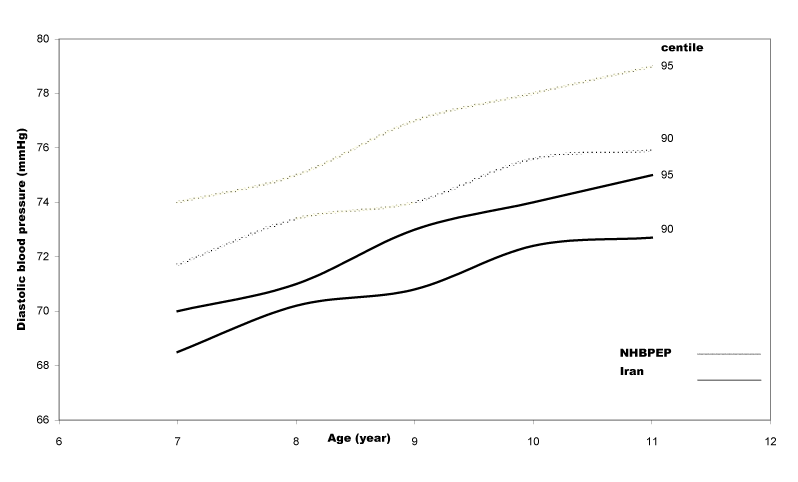 |
| Figure 2c | Figure 3 | Figure 4 | Figure 5 | Figure 6 |
Relevant Topics
- Android Obesity
- Anti Obesity Medication
- Bariatric Surgery
- Best Ways to Lose Weight
- Body Mass Index (BMI)
- Child Obesity Statistics
- Comorbidities of Obesity
- Diabetes and Obesity
- Diabetic Diet
- Diet
- Etiology of Obesity
- Exogenous Obesity
- Fat Burning Foods
- Gastric By-pass Surgery
- Genetics of Obesity
- Global Obesity Statistics
- Gynoid Obesity
- Junk Food and Childhood Obesity
- Obesity
- Obesity and Cancer
- Obesity and Nutrition
- Obesity and Sleep Apnea
- Obesity Complications
- Obesity in Pregnancy
- Obesity in United States
- Visceral Obesity
- Weight Loss
- Weight Loss Clinics
- Weight Loss Supplements
- Weight Management Programs
Recommended Journals
Article Tools
Article Usage
- Total views: 5791
- [From(publication date):
March-2012 - Apr 03, 2025] - Breakdown by view type
- HTML page views : 1264
- PDF downloads : 4527
